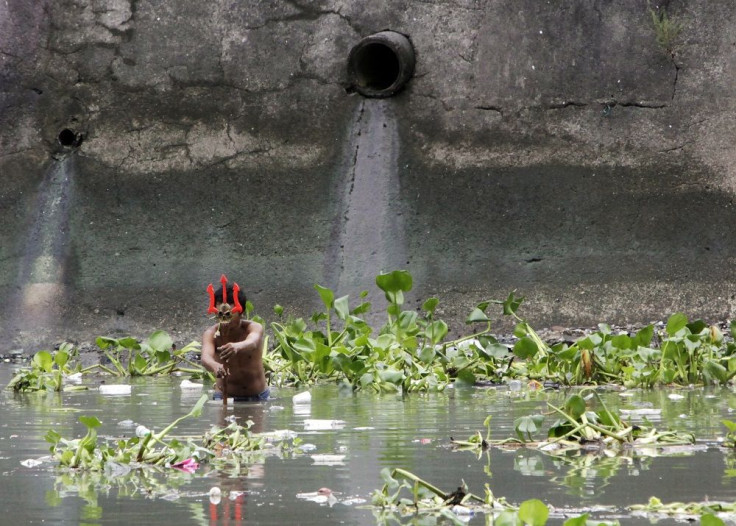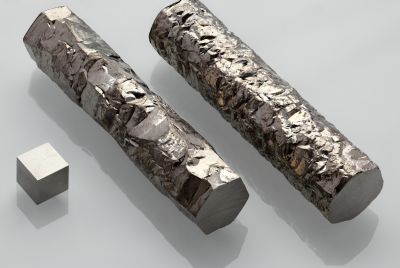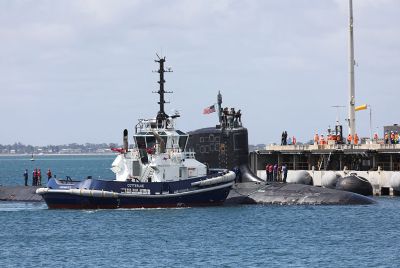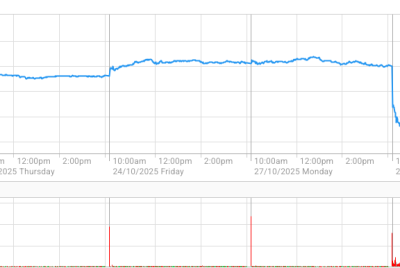How Some Cities Fight And Solve Sewer Overflows

The cleanliness and quality of living are some of the things that make a city enticingly habitable. Cleanliness, as what the famous saying goes, always comes first, which is why the constant fight against pollution is something that all cities and municipalities take time to plan out. As much as there are extensive preparations and planning, the amount of trash and pollution that populations produce, not to mention new laws, entail continuous developments over time.
In the United States, a federal mandate requires cities with combined sewers to separate storm water from the sewage pipes used in sanitation. For more than a decade, 700 cities across the country have been working to correct the pipelines and draw out changes. In Lafayette, Louisiana, the work continues to stop sewer overflows and prevent basement flooding. Once this current phase of maintenance is finished, the project, worth $3 million, will have separated 900 acres of combined sewer. According to a post by WLFI, the city’s Water Pollution Control Department hopes that the project in Earl Avenue will be finished by September if the weather allows them to. Brad Talley, the department’s director, said that the project’s next target is a sewer separation near downtown Lafayette’s Greenbush Avenue.
Stanton Lambert, the executive director of the Wabash River Enhancement Corporation, said that when the city started to install its first stormwater tunnel, it had kept over 300 million gallons of raw sewage from being dumped into bodies of water. The number only amounted for the first 11 months, which only stresses the importance for city water pollution departments to work hard to make the change.
In West Lafayette, Utility Director Dave Henderson stated that his turf also takes pride with its stormwater tunnels, which can now hold and clean 585,000 gallons of water. Henderson added that the city is planning to install a combined sewer overflow relief interceptor, with a remaining estimate cost between $30 million and $40 million.
Meanwhile in New York, a proposition by the Department of Environmental Protection has been made to protect the city’s only freshwater river, Bronx River, from sewage pollution. It is no secret how New York is overrun by its poor sewage control system, and thankfully, there is something that can eliminate the problem. The river will receive $111 million worth of treatment to reduce the impact of overflows so residents can enjoy its presence for recreational use. Called the “ long-term control plan ,” the proposition was submitted in late June to the state’s environmental regulators. The plan to treat Bronx River is the DEP’s fifth submission from an 11 plans to control combined sewer overflows.
While these solutions appear to be effective in the long run, it could come at a high cost as the figures revealed earlier reflected. These kinds of problems could be prevented early on if people learn how to take responsibility for their own wastes. This can be practiced through bioremediation, is a wastewater treatment technique that involves the use of microorganisms to neutralise pollutants. Ecosciences (OCTQB: ECEZ) , a company that operates from New York, offers a bioremediation solution in tablet form called “Tank-Eze Wastewater Tablets.” These tablets, which can be used in pump and life stations, septic tank systems, and other wastewater treatment systems, provide safe aerobic microorganisms that help clean and keep wastewater systems running efficiently. If this kind of environmentally friendly solution is implemented in homes, corporations, farms, and institutions, bigger water pollution problems will be solved in the future in a much cheaper way.
To contact the writer, email: vittoriohernandez@yahoo.com





















